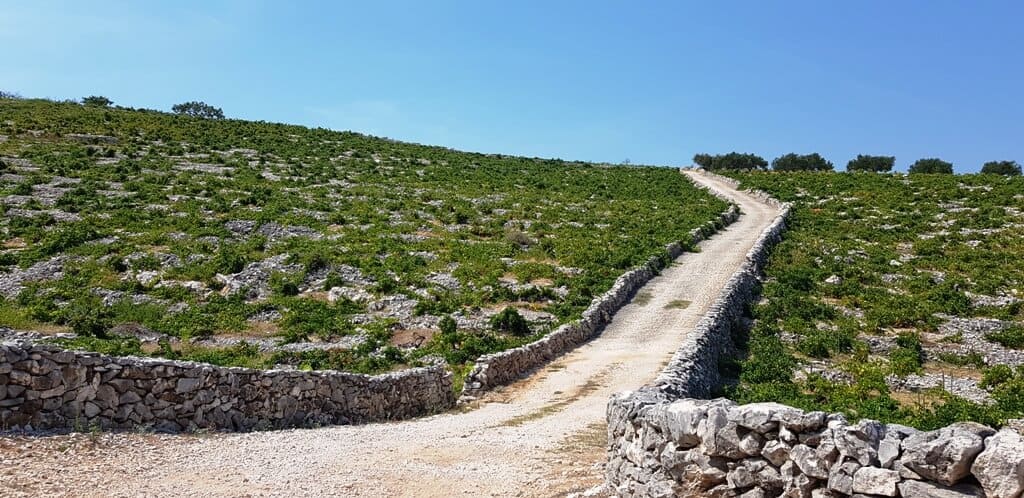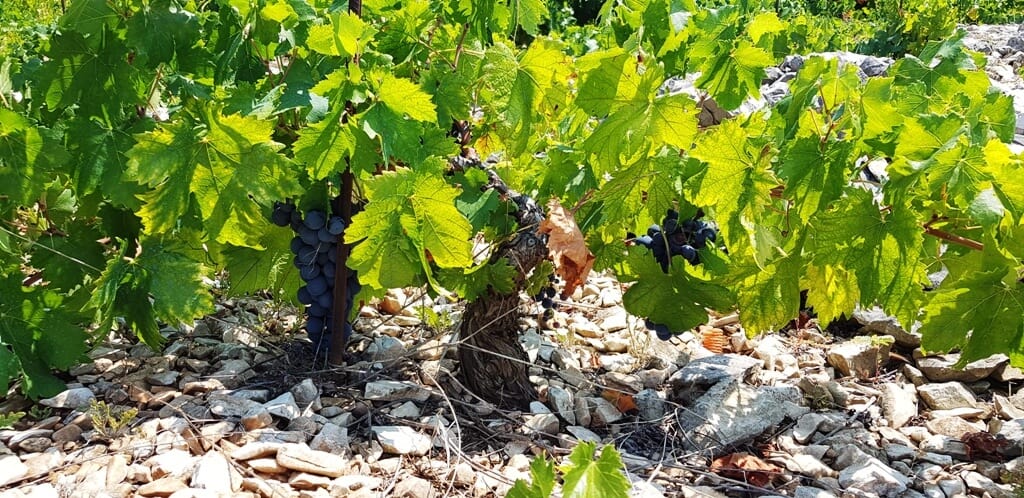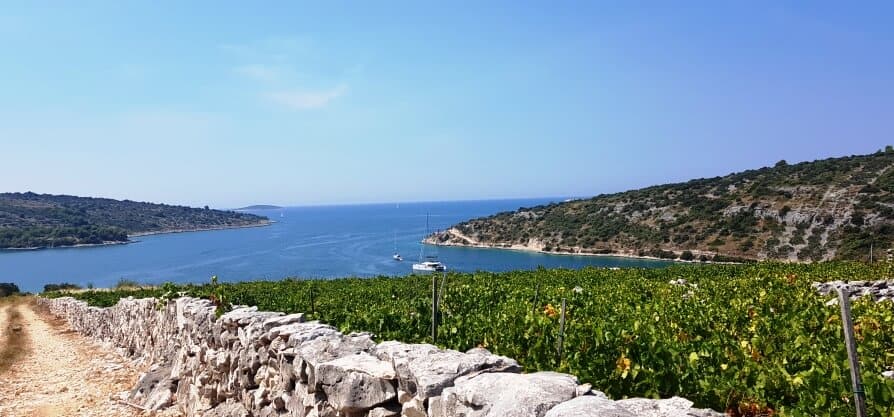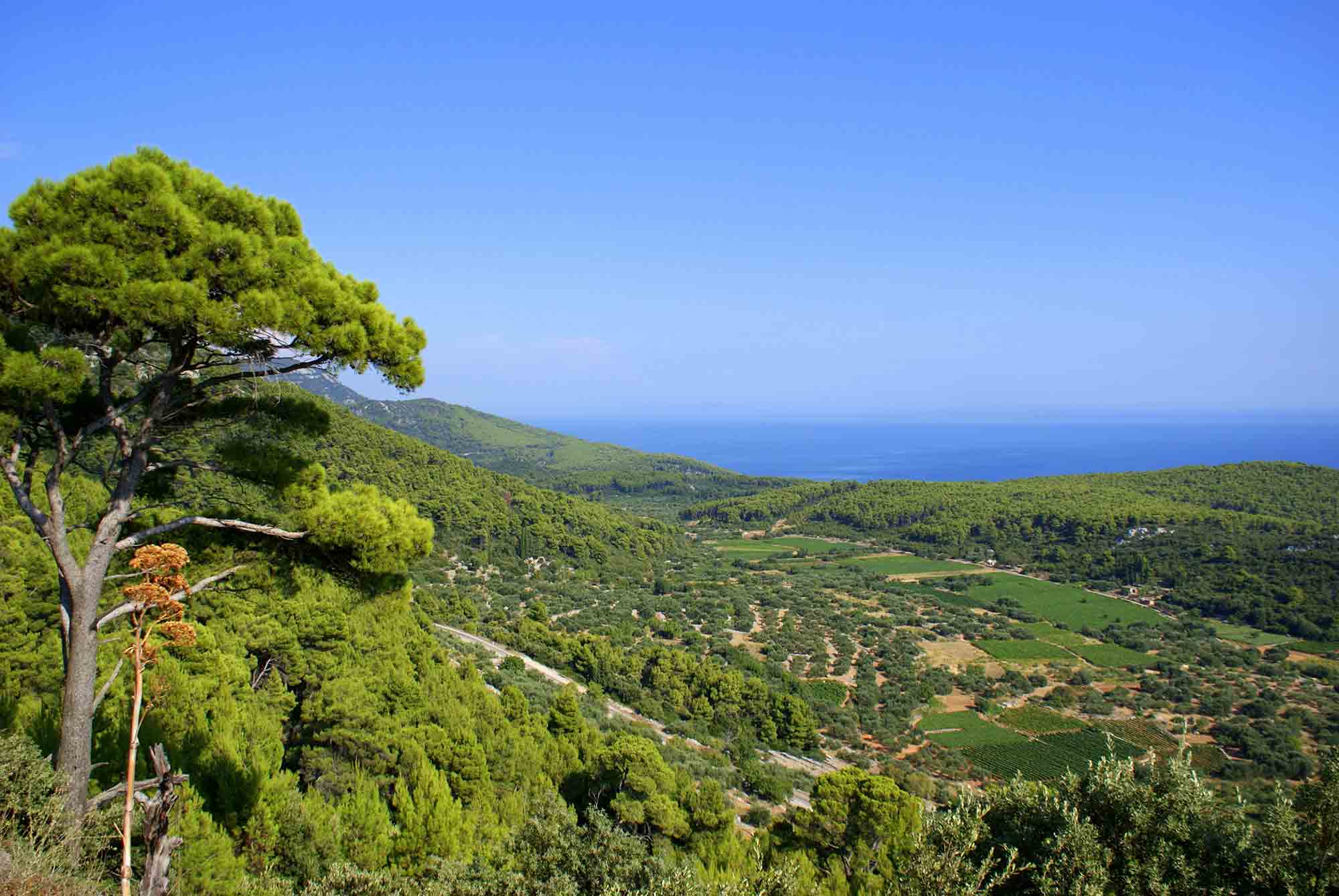Stone Lace Vineyards in Croatia – Authentic Dalmatia
Stone walls that interwritethe steep Bucavac hill, spreading all the way down to the crystal clear, deep blue Adriatic Sea, create an illusion of “stone lace” wrapped around vines. These breath-taking vineyards are actually “work of art” as well as the symbol of hard human labour.

Bucavac is an amazing site done only by the hard-working human hand. Only Babić, also named as the “little black giant from Primošten”, can successfully grow here. Everything is handmade, from the stone walls to the vineyard management and harvesting the grapes. Severe conditions, steepness and extreme summer temperatures mean that working in these vineyards literally means blood, sweat, and tears.
Yields here are the first indicator of the premium quality of the grapes picked on Bucavac, often going below 1 kilogram per vine. The most expensive Babić grapes are picked in the region, often being twice as expensive as Babić from other locations in Primošten and/or Rogoznica. When you step on this land, you immediately know why. Not only that the wine growers are fighting these extreme conditions, so does the vine in a desire to survive. The roots have to go deep into the karst and limestone soil to extract nutrients and water, that are here in scarce amount.

The soil in the vineyard here have a higher ratio of rocks, ideal for the quality of wines. Relatively little rain falls on Bucavac while the abundance of sun and wind help the vines to dry off, preventing the diseases in the most natural way.
That very same wind can be so severe on Bucavac that it is often known for breaking the branches, reducing the yields even more.
“Stone Lace” Vineyards
Stone walls are a part of the Bucavac for the very beginning of the grape growing here. Wine growers used to dig stones to have a place to plant the vines. The stones had to be put somewhere so they created distinct vistas, now called the lace necklace around the vineyards.
If you think the summer temperatures are extreme, try walking on Bucavac in the winter when the wind can be so fierce that the county had to invest in building additional, higher stone walls to protect smaller, bush vines that try to grow,
Against all odds (or maybe because of it), high temperatures, extreme winds, poor soil with high rock content, Babić vines manage to extract the best of this land, producing one of the highly regarded red wines in the country.

Babić – little black giant from Primošten
Not all positions where Babić grows are as severe as Bucavac, but generally, it thrives and shows the best results on karst and poor land, steep vineyards with little rain and much sun.
Babić gives rich, velvety reds, concentrated in fresh and ripe fruit flavours like cherries, especially Marasca. From the best positions, it shows the strength of the vine able to survive everything nature throws in the vineyards, extracting the unique taste of the soil deep under. Prized for the amazing acidity it is capable of preserving, Babić wines give you the sense of “authentic Dalmatia”, yet to be discovered.
By Martina Milićević @pretawine



















